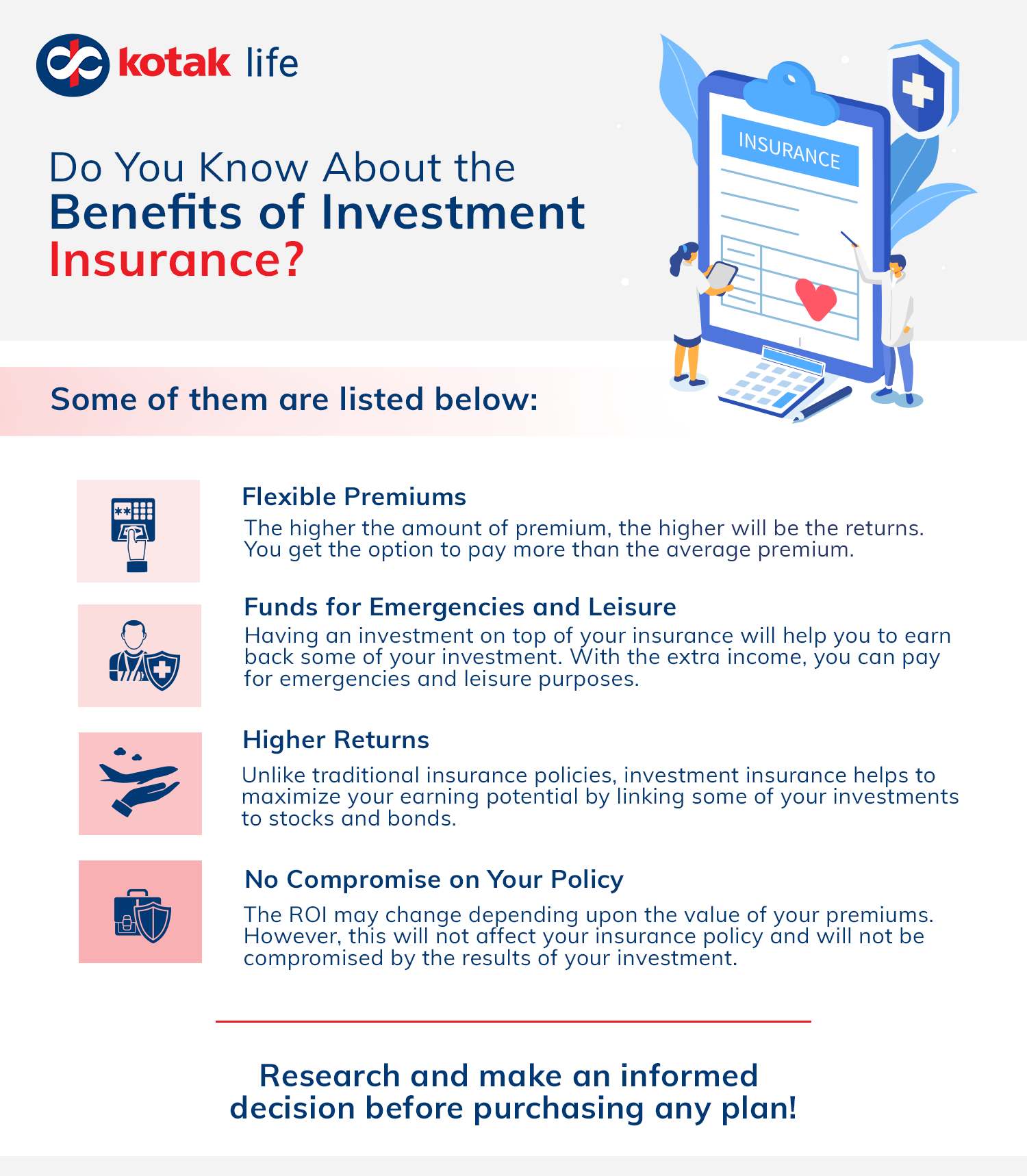The smart Trick of Pacific Prime That Nobody is Discussing
The smart Trick of Pacific Prime That Nobody is Discussing
Blog Article
An Unbiased View of Pacific Prime
Table of ContentsGet This Report about Pacific PrimeSome Of Pacific PrimeThe Pacific Prime Diaries7 Easy Facts About Pacific Prime ExplainedPacific Prime for Dummies

This is since the information were gathered for a period of solid economic performance. Of the estimated 42 million people that were without insurance, all yet regarding 420,000 (concerning 1 percent) were under 65 years old, the age at which most Americans end up being eligible for Medicare; 32 million were grownups between ages 18 and 65, about 19 percent of all adults in this age; and 10 million were youngsters under 18 years of age, concerning 13.9 percent of all children (Mills, 2000).
These price quotes of the variety of persons without insurance are generated from the annual March Supplement to the Present Populace Survey (CPS), conducted by the Census Bureau. Unless otherwise kept in mind, national estimates of individuals without medical insurance and proportions of the population with different kinds of coverage are based on the CPS, the most widely used resource of price quotes of insurance protection and uninsurance rates.
The smart Trick of Pacific Prime That Nobody is Discussing

Still, the CPS is specifically beneficial because it generates yearly price quotes relatively swiftly, reporting the previous year's insurance policy coverage approximates each September, and due to the fact that it is the basis for a consistent set of quotes for more than two decades, enabling evaluation of patterns in insurance coverage over time. For these factors, along with the substantial use of the CPS in other studies of insurance coverage that are provided in this report, we depend on CPS quotes, with limitations kept in mind.

The estimate of the variety of uninsured people broadens when a populace's insurance status is tracked for numerous years. Over a three-year duration beginning early in 1993, 72 million individuals, 29 percent of the U.S. https://www.easel.ly/browserEasel/14457146. population, lacked insurance coverage for at the very least one month. Within a single year (1994 ), 53 million people experienced at the very least a month without protection (Bennefield, 1998a)
Six out of every ten without insurance adults are themselves utilized. Although working does enhance the possibility that a person and one's family members will certainly have insurance coverage, it is not a guarantee. Also members of family members with two permanent wage income earners have nearly a one-in-ten opportunity of being without insurance (9.1 percent without insurance price) (Hoffman and Pohl, 2000).
Some Known Incorrect Statements About Pacific Prime
New immigrants account for a substantial percentage of individuals without wellness insurance coverage. One analysis has attributed a substantial portion of the recent development in the size of the united state without insurance population to immigrants who got here in the nation between 1994 and 1998 (Camarota and Edwards, 2000). Current immigrants (those who came to the USA within the past four years) do have a high rate of being without insurance (46 percent), yet they and their kids make up just 6 percent of those without insurance coverage country wide (Holahan et al., 2001).
The partnership in between medical insurance and accessibility to care is well developed, as recorded later on in this phase. The partnership between health insurance policy and wellness results is neither direct neither straightforward, a substantial medical and health and wellness services study literary works links health insurance policy coverage to enhanced accessibility to care, far better top quality, and boosted individual and populace health standing.
Degrees of analysis for examining the effects of uninsurance. This conversation of medical insurance coverage focuses primarily on the united state populace under age 65 due to the fact that practically all Americans 65 and older have Medicare or other public coverage. It concentrates particularly go on those without any wellness insurance policy for any length of time.
A Biased View of Pacific Prime
The issues encountered by the underinsured are in some aspects comparable to those encountered by the without insurance, although they are usually less serious. Health insurance policy, nevertheless, is neither essential nor sufficient to gain access to clinical services. The independent and direct effect of health and wellness insurance protection on access to health and wellness solutions is well developed.
Others will certainly acquire the healthcare they need even without health insurance, by paying for it expense or seeking it from companies that use treatment free or at highly subsidized prices. For still others, health and wellness insurance coverage alone does not ensure invoice of care as a result of various other nonfinancial barriers, such as a lack of health and wellness care companies in their area, minimal access to transport, illiteracy, or etymological and cultural differences.
Rumored Buzz on Pacific Prime
Formal research study concerning without insurance populaces in the United States dates to the late 1920s and early 1930s when the Committee on the Price of Healthcare generated a collection of records about funding physician workplace check outs and hospital stays. This concern came to be significant as the numbers of medically indigent climbed throughout the Great Anxiety.
Report this page